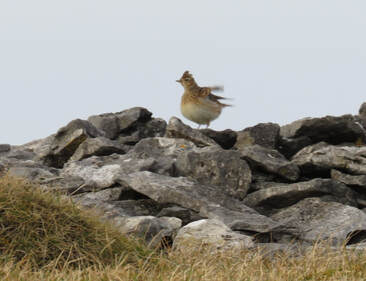 Male skylark returned to the uplands to breed
Male skylark returned to the uplands to breed Winter seems endless in lockdown. Biting cold followed by rain. Spring comes late to the Cumbrian uplands and how welcome it will be.
Sunday is a day of mist and low cloud, of hazy sun. But there is sun and Scout Scar suddenly pulses with life, seemingly out of nowhere.
A hint of skylark in the air and now they’re all about me, standing proud on a low outcrop of rocks, bursting into song flight.
Time is as to intensity. The magic of the morning is transient. An interlude of skylark, a kestrel in swift flight. The high call of lapwing tumbling in courtship flight, pattern of black and white wings. Too far off to hear the wing-clapping I saw in spring 2019. I work out the perfect spot to take photographs but cannot reach it directly and by the time I get there all is silent. Not a trace of lapwing. But I know this is their breeding ground so I’ll return. Fortunately for the lapwing, it's not access land so the birds are protected from walkers, dog walkers and the cyclists who aren't allowed here anyway. The Lake District National Park and Natural England say they are about to erect signs alerting visitors to the presence of ground-nesting birds. That should raise awareness.
23 February. Tweet of the Day. Should be a two minute focus on a bird, today stonechat with Melissa Harrison who talks about her clothing when she walks on Dartmoor, tells us not to bother listening to the song and dismisses the female as being of modest colouring. She neither listens nor looks.
It's the stonechat's call that alerts us to its presence. The stonechat isn't a songster and on the rare occasions I hear the song my heart leaps. Look beyond the showy and spectacular and there are details and subtleties. Look at the skylark plumage. Skylark are ground-nesting birds and cryptic colouring and pattern is essential. When the bird vanishes into tussocky grasses it's not surprising it's hard to see.
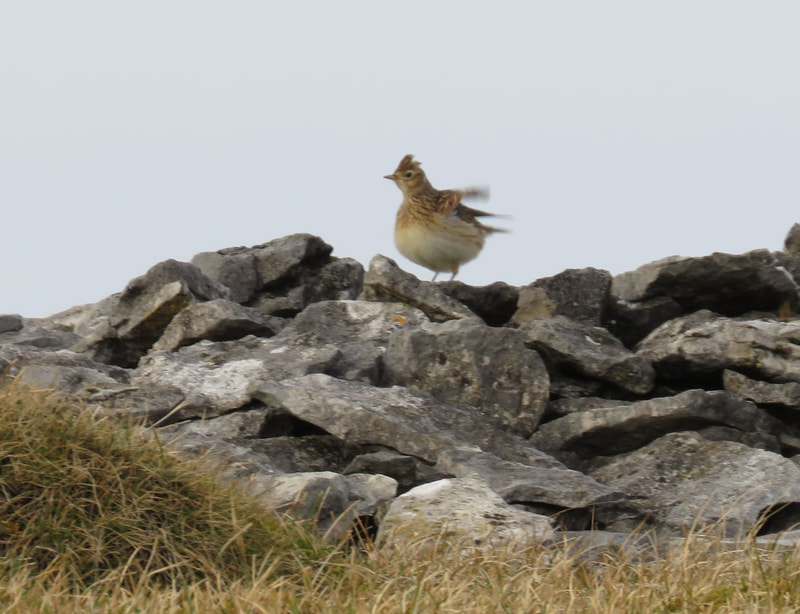
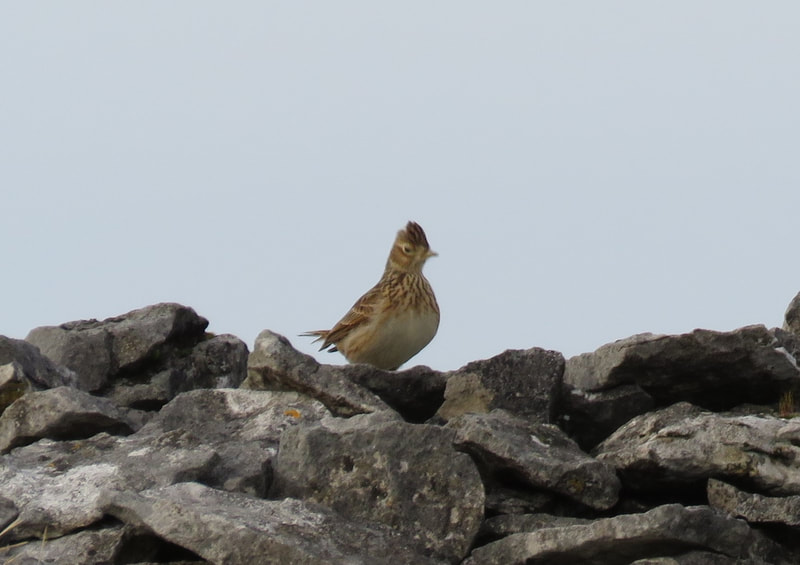
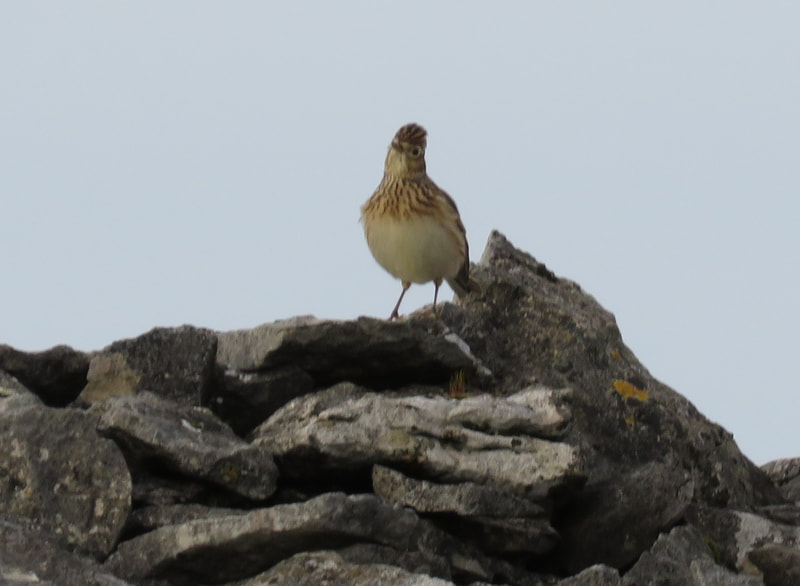
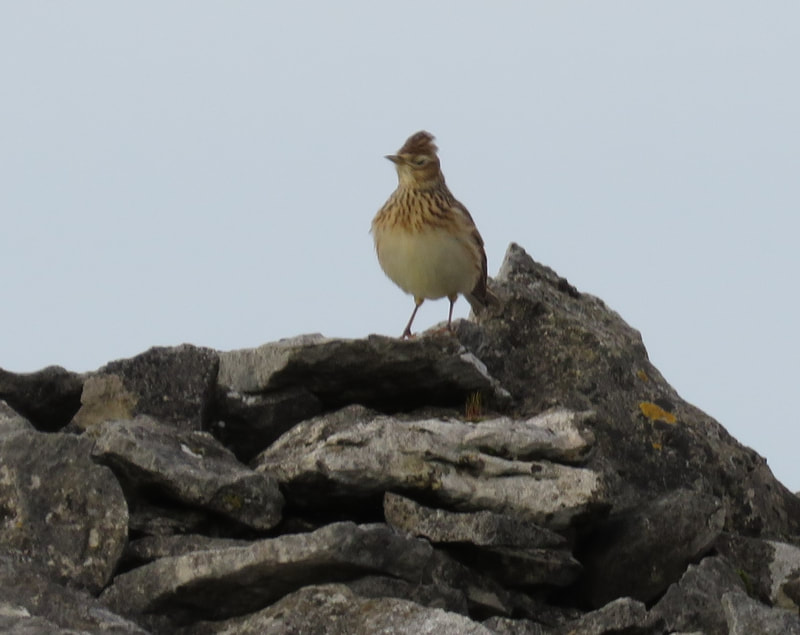
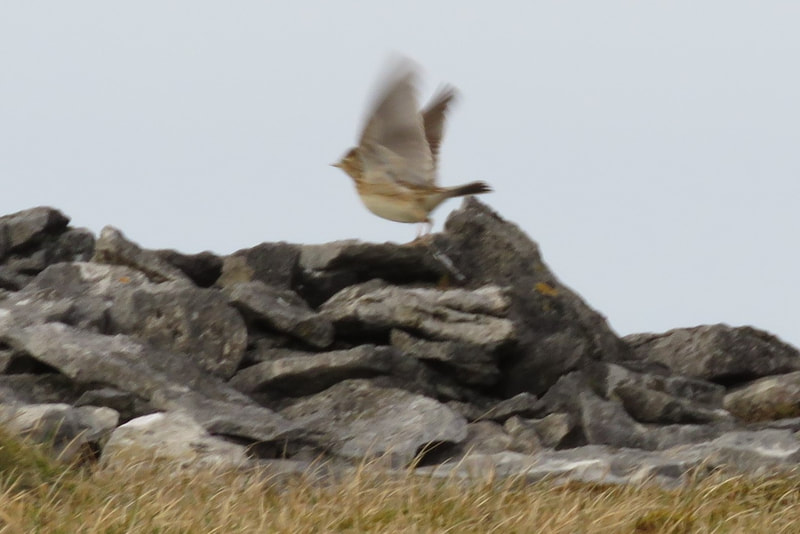
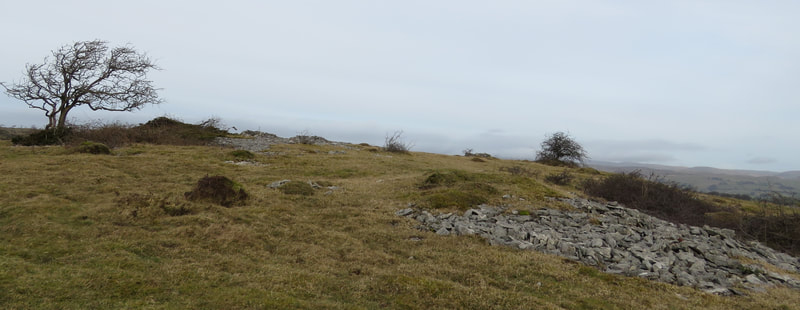
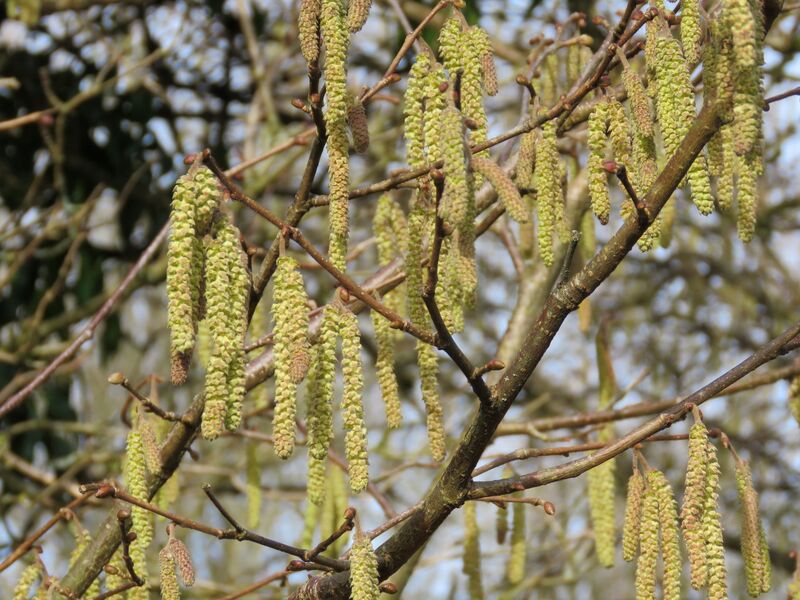
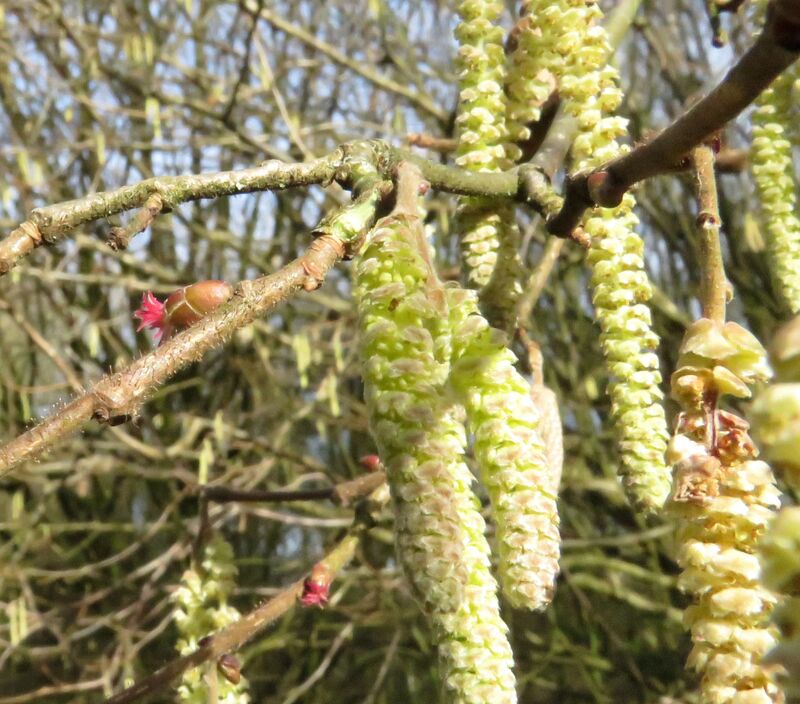
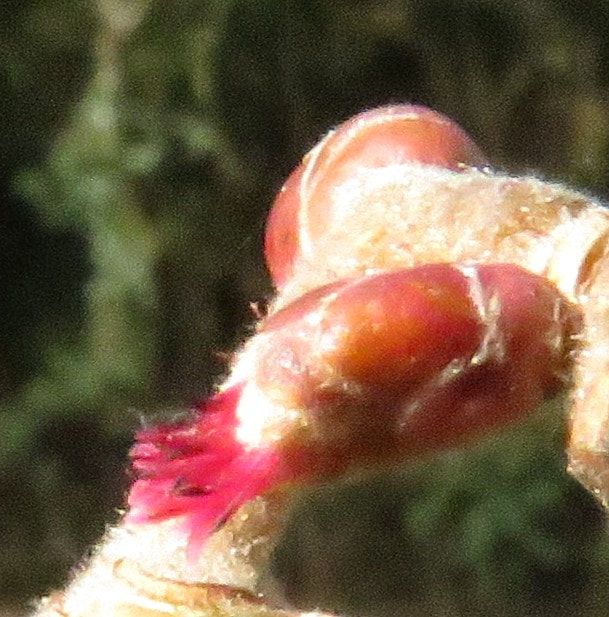
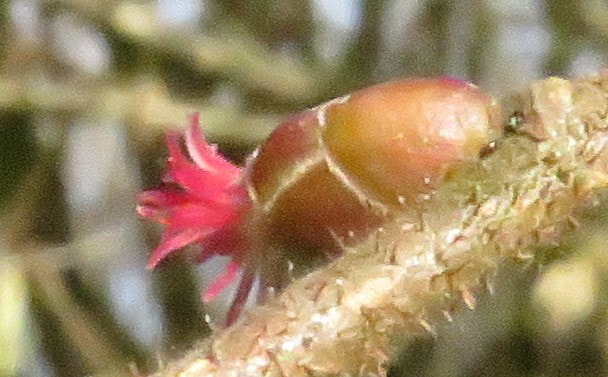
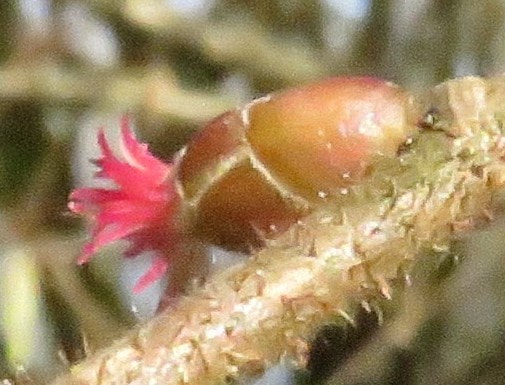
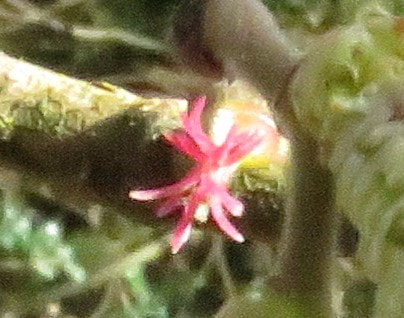
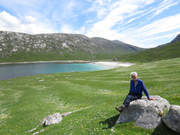
 RSS Feed
RSS Feed